The world of Open Educational Resources (OER) is growing by leaps and bounds every day as more and more people contribute their expertise. Since the resources shared are free and open to anyone, they are a wonderful choice for district adoption, leaving the funding normally spent on expensive textbooks to be used for technology to enhance learning. (You can learn more about OER in this blog.) I’ve recently discovered an excellent math curriculum for grades 6-8 that is complete, based on the standards, and incorporates problem-based learning.
What They Offer
Open-Up Resources and Illustrative Mathematics together provide a ton of classroom-ready content for educators with three main design principles in mind:
- Access for All – The curriculum is based on the Universal Design for Learning (UDL) framework.
- Presume Competence – The activities in these materials position students to capitalize on their existing abilities and provide supports that eliminate potential barriers to learning when they arise. Each lesson is designed for a wide range of abilities, and all students are given access to grade-level problems.
- Strengths-Based Approach – All students, including students with disabilities, are resourceful and resilient members of the mathematics community. When the unique strengths and interests of students with disabilities are highlighted during class discussions, their contributions enhance the learning of all students in the classroom.
In addition, the curriculum offers support in each lesson for students with disabilities and for English Language Learners (ELLs). And assessments for each unit are also available, along with practice problems, downloads, and family materials. All of the content can be accessed via print, imported into a district LMS, or used in OneNote.
A typical lesson includes four parts:
- A warm-up
- One or more instructional activities
- The lesson synthesis
- A cool-down
There is a detailed teacher’s guide as well, making this a complete package for middle school mathematics. Tested in 175 classrooms during the 2016-2017 school year, this content is well worth your time. And with the money you save from not buying textbooks, you can provide more professional development for staff and more technology resources for students. It’s a definite win/win.


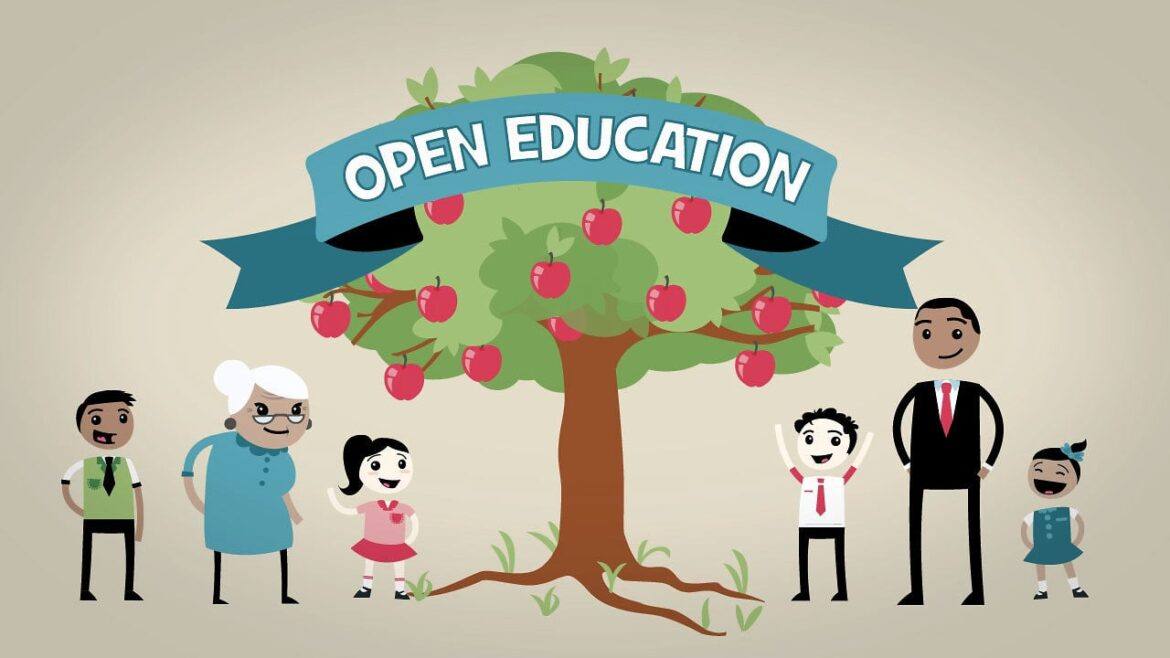

 In addition, the state budget for the next two years includes $20 million for the state to arrange for an outside entity to produce open educational resources for the state’s use. It is expected that TEA will begin with instructional materials that meet the specifications for the English Language Arts adoption that will be implemented in the 2019-2020 school year. This would give districts the ability to use high-quality OER materials for this adoption, which has the potential to save them money.
In addition, the state budget for the next two years includes $20 million for the state to arrange for an outside entity to produce open educational resources for the state’s use. It is expected that TEA will begin with instructional materials that meet the specifications for the English Language Arts adoption that will be implemented in the 2019-2020 school year. This would give districts the ability to use high-quality OER materials for this adoption, which has the potential to save them money. 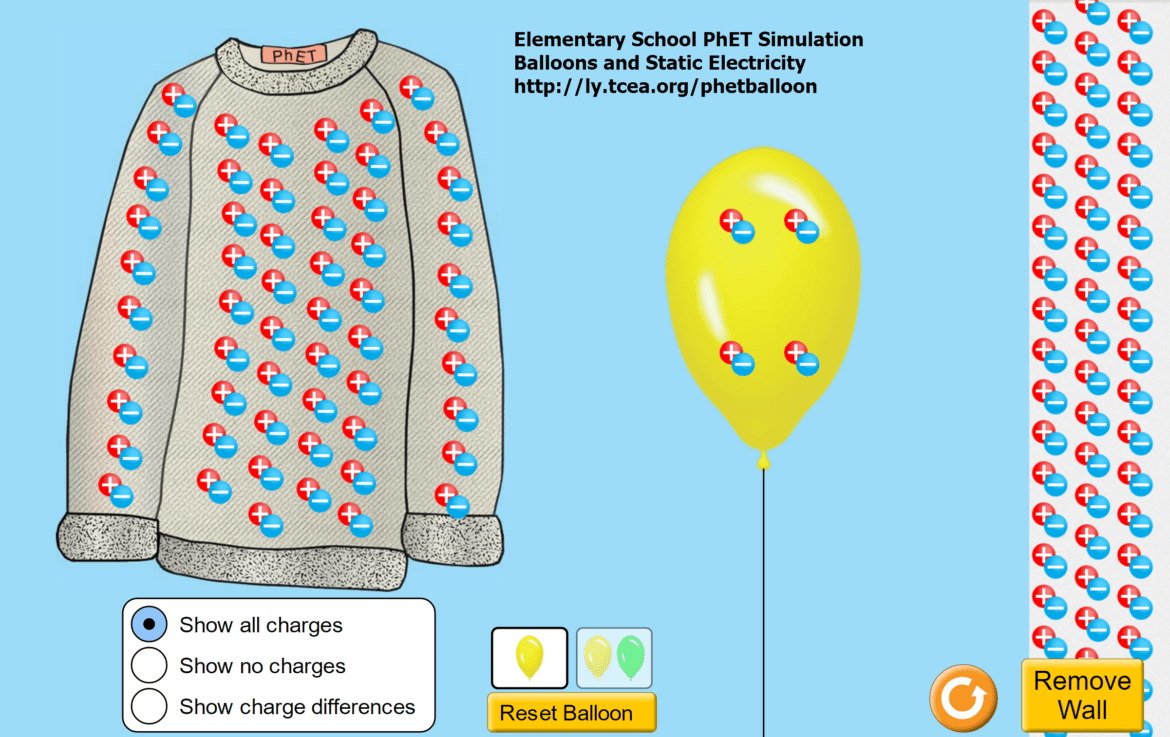
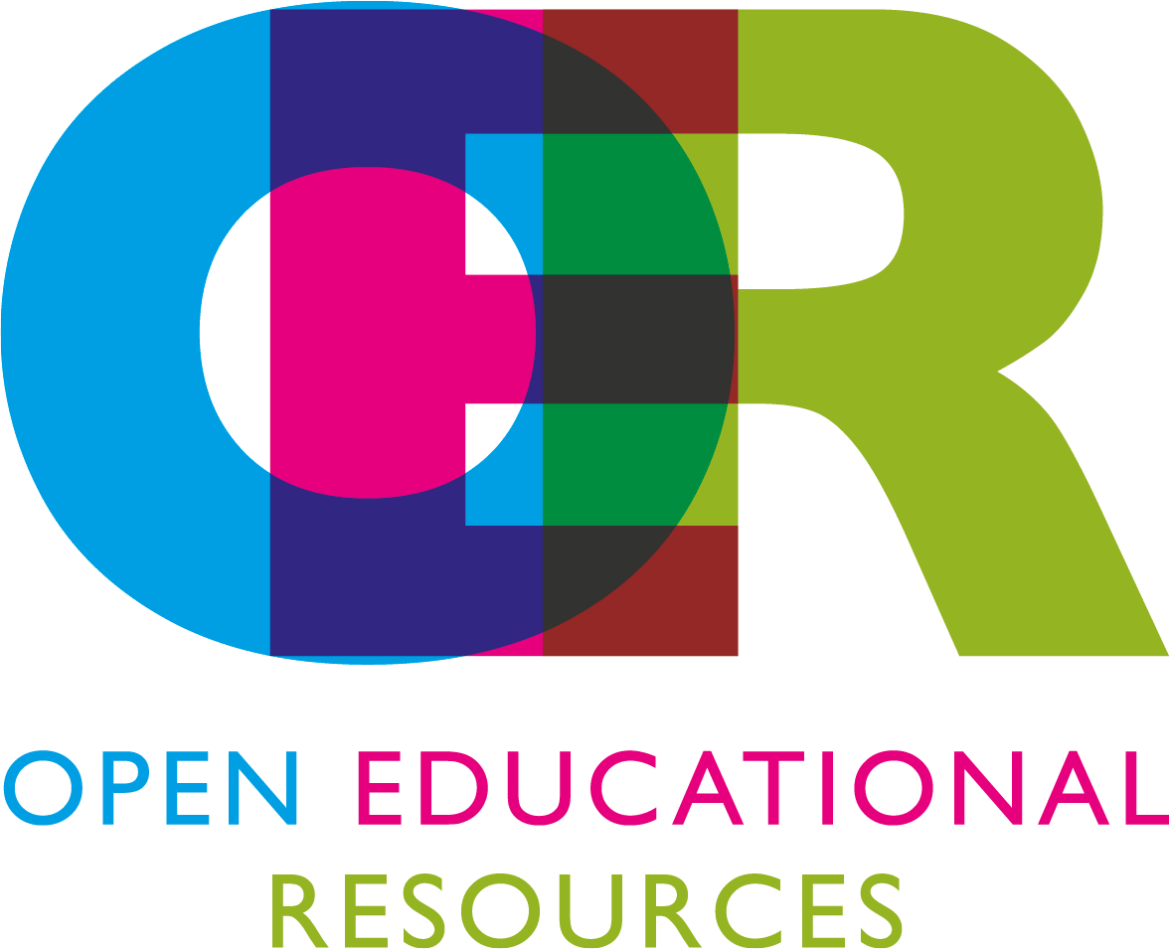
![By User:Sunshineconnelly from Wikieducator, (Original image CC By Recyclethis) [CC BY-SA 2.0 (http://creativecommons.org/licenses/by-sa/2.0)], via Wikimedia Commons Pillars of OER](https://blog.tcea.org/wp-content/uploads/2016/10/OER_lolly_sticks-1.jpg)
 How does a district get started? In order to support districts who are interested in developing some openly licensed educational resources, the #GoOpen campaign has developed a network of states and districts to serve as models and provide support and assistance. A great place to start is by downloading the
How does a district get started? In order to support districts who are interested in developing some openly licensed educational resources, the #GoOpen campaign has developed a network of states and districts to serve as models and provide support and assistance. A great place to start is by downloading the 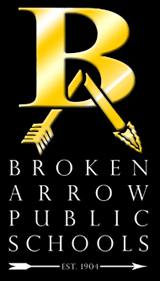 dedication of the instructional staff who have led the process throughout. He noted that the teaching staff has been empowered by the curation process and that the students have positively responded to the change. So far, there have been around 100 teachers involved in the curation process, and he expects that number to grow to more than 200 by the end of this year. He feels that what these teachers have created is a better product than what they could purchase. Their initiative started at the secondary level and, because of their success, the elementary instructional staff is beginning to curate open educational resources as well.
dedication of the instructional staff who have led the process throughout. He noted that the teaching staff has been empowered by the curation process and that the students have positively responded to the change. So far, there have been around 100 teachers involved in the curation process, and he expects that number to grow to more than 200 by the end of this year. He feels that what these teachers have created is a better product than what they could purchase. Their initiative started at the secondary level and, because of their success, the elementary instructional staff is beginning to curate open educational resources as well.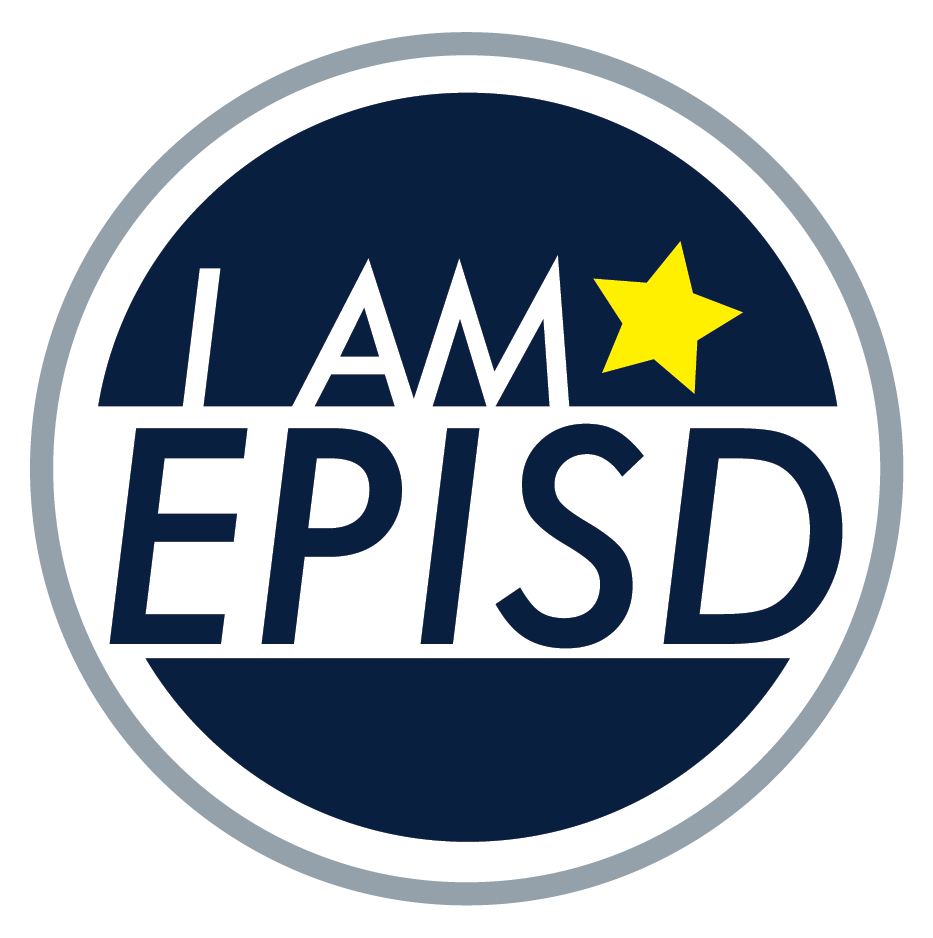 El Paso ISD is a #GoOpen Launch district. They have
El Paso ISD is a #GoOpen Launch district. They have